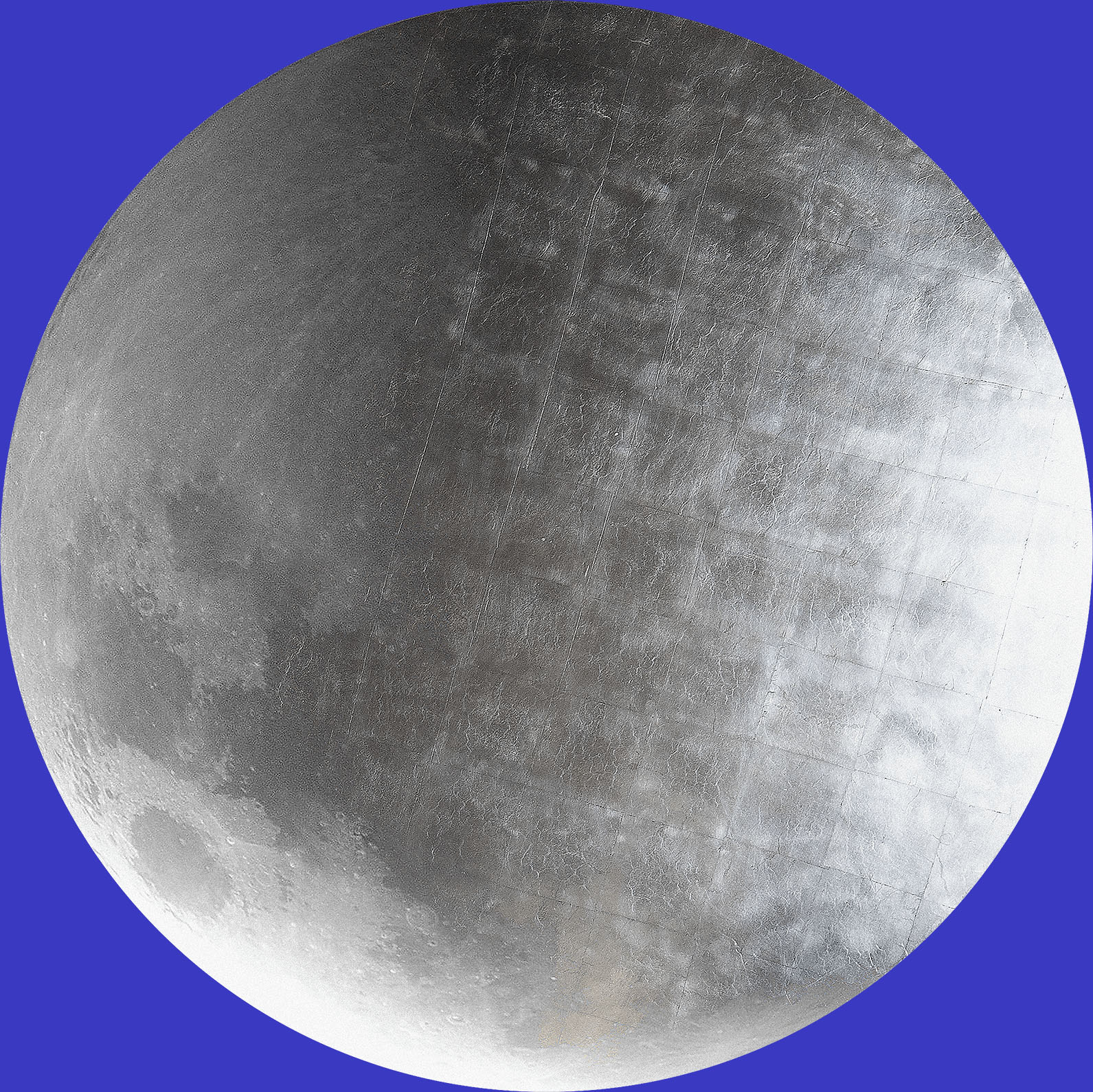Verantwortlich für die Inhalte der Website:
Mariella Mosler
Kleine Rainstraße 23
22765 Hamburg
E-Mail: mariellamosler@gmx.de
Gestaltung: Eva Riekehof - migestaltung
Umsetzung: Michael Perlbach
Haftungshinweis:
Für die Inhalte externer Links wird keine Haftung übernommen. Für Webseiten, auf die von dieser Seite aus verwiesen wird, sind ausschließlich die jeweiligen Betreiber verantwortlich.
Urheberrecht:
Alle Inhalte und Werke auf diesen Seiten unterliegen dem deutschen Urheberrecht. Die Vervielfältigung, Bearbeitung, Verbreitung und jede Art der Verwertung außerhalb der Grenzen des Urheberrechtes bedürfen der schriftlichen Zustimmung der AutorInnen.
1. Verantwortlich für die Verarbeitung personenbezogener Daten auf dieser Website ist:
Mariella Mosler
Kleine Rainstraße 23
22765 Hamburg
E-Mail: mariellamosler@gmx.de
2. Allgemeines zur Datenverarbeitung
Der Schutz Ihrer persönlichen Daten ist uns wichtig. Wir behandeln Ihre personenbezogenen Daten
vertraulich und entsprechend der gesetzlichen Datenschutzvorschriften (DSGVO, BDSG) sowie dieser
Datenschutzerklärung. Personenbezogene Daten sind alle Informationen, die sich auf eine identifizierte
oder identifizierbare natürliche Person beziehen (z. B. Name, E-Mail-Adresse, IP-Adresse).
Wir verarbeiten personenbezogene Daten grundsätzlich nur, soweit dies zur Bereitstellung einer
funktionsfähigen Website sowie unserer Inhalte und Leistungen erforderlich ist.
3. Bereitstellung der Website und Server-Logfiles
Beim Aufruf unserer Website werden durch den Provider automatisch Informationen erfasst und in
sogenannten Server-Logfiles gespeichert. Dabei handelt es sich um:
- IP-Adresse des Endgeräts
- Datum und Uhrzeit des Zugriffs
- Name und URL der abgerufenen Datei
- Website, von der der Zugriff erfolgt (Referrer-URL)
- verwendeter Browser und Betriebssystem
Die Verarbeitung erfolgt auf Grundlage von Art. 6 Abs. 1 lit. f DSGVO aus dem berechtigten Interesse,
die Sicherheit, Stabilität und Funktionsfähigkeit der Website sicherzustellen.
4. Verwendung von Adobe Fonts
Unsere Website verwendet externe Schriftarten von Adobe Fonts (Adobe Systems Software Ireland
Limited, 4‒6 Riverwalk, Citywest Business Campus, Dublin 24, Irland).
Beim Abruf der Schriftarten wird eine Verbindung zu Adobe-Servern hergestellt. Dabei können
personenbezogene Daten (z. B. IP-Adresse, Informationen über verwendeten Browser und
Betriebssystem) an Adobe übermittelt werden.
Adobe gibt an, diese Daten ausschließlich zur Bereitstellung der Schriften zu nutzen und nicht für
Tracking oder Werbezwecke einzusetzen. Weitere Informationen finden Sie in der
Adobe-Datenschutzerklärung.
Die Nutzung von Adobe Fonts erfolgt auf Grundlage von Art. 6 Abs. 1 lit. f DSGVO, da wir ein
berechtigtes Interesse an einer einheitlichen und ansprechenden Darstellung unserer Website haben.
5. Verwendung von Mapbox
Wir nutzen auf unserer Website Karten von Mapbox (Mapbox Inc., 740 15th Street NW, 5th Floor,
Washington, District of Columbia 20005, USA).
Beim Aufruf einer Seite mit einer Mapbox-Karte wird eine Verbindung zu den Servern von Mapbox
hergestellt. Dabei können Daten wie IP-Adresse, Standortdaten (sofern aktiviert), Browserinformationen
sowie Nutzungsdaten an Mapbox übermittelt werden.
Mapbox verarbeitet Daten unter anderem auch in den USA. Wir weisen darauf hin, dass in den USA
derzeit kein der DSGVO gleichwertiges Datenschutzniveau besteht.
Weitere Informationen finden Sie in der Datenschutzerklärung von Mapbox:
https://www.mapbox.com/legal/privacy.
Die Verarbeitung erfolgt auf Grundlage von Art. 6 Abs. 1 lit. f DSGVO, da wir ein berechtigtes Interesse
an einer nutzerfreundlichen Darstellung interaktiver Karten haben.
6. Cookies und vergleichbare Technologien
Unsere Website kann Cookies oder ähnliche Technologien verwenden, um bestimmte Funktionen
bereitzustellen oder die Nutzung zu analysieren.
- Essenzielle Cookies: erforderlich für den Betrieb der Website.
- Optionale Cookies (z. B. Analyse, Marketing): werden nur nach Ihrer Einwilligung gesetzt (Art. 6 Abs. 1 lit. a DSGVO).
Sie können Ihre Einwilligung jederzeit über die Cookie-Einstellungen widerrufen.
7. Rechte der betroffenen Personen
Sie haben folgende Rechte gemäß DSGVO:
- Auskunft über die verarbeiteten personenbezogenen Daten (Art. 15 DSGVO)
- Berichtigung unrichtiger oder Vervollständigung unvollständiger Daten (Art. 16 DSGVO)
- Löschung personenbezogener Daten (Art. 17 DSGVO)
- Einschränkung der Verarbeitung (Art. 18 DSGVO)
- Datenübertragbarkeit (Art. 20 DSGVO)
- Widerspruch gegen die Verarbeitung (Art. 21 DSGVO)
- Widerruf erteilter Einwilligungen (Art. 7 Abs. 3 DSGVO)
- Beschwerde bei einer Datenschutzaufsichtsbehörde (Art. 77 DSGVO)
8. Sicherheit
Wir setzen technische und organisatorische Maßnahmen ein, um Ihre Daten gegen Verlust, Zerstörung,
Manipulation oder unbefugten Zugriff zu schützen.
9. Aktualität und Änderung dieser Datenschutzerklärung
Diese Datenschutzerklärung ist aktuell gültig und hat den Stand: September 2025.
Wir behalten uns vor, diese Datenschutzerklärung bei Bedarf zu aktualisieren, damit sie stets den aktuellen
rechtlichen Anforderungen entspricht oder um Änderungen unserer Leistungen in der
Datenschutzerklärung umzusetzen.

